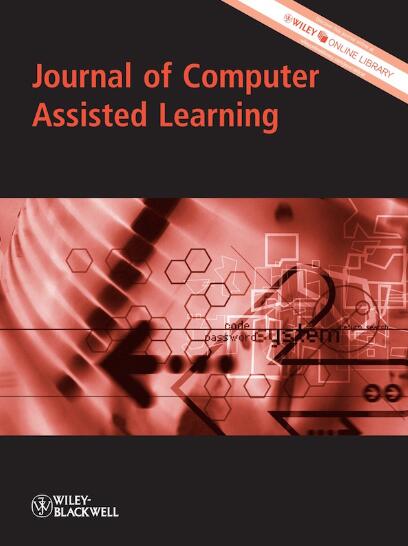Effect of Collaboration in Digital Game-Based Learning: The Roles of Flow Experience and Intrinsic Motivation
Abstract
Background
Attention has been paid to collaboration in digital game-based learning, as it fosters interaction and student engagement, thereby enhancing learning outcomes. Previous findings about the effect of collaboration in digital game-based learning were inconsistent, and few studies have explored the underlying mechanisms, particularly proximal psychological processes such as motivation or emotion.
Aims
This study aimed to provide evidence about the effectiveness of collaboration in digital game-based learning and figure out the mediating roles of flow experience and intrinsic motivation in the relationship between collaboration and learning achievement.
Sample
A total of 181 Chinese university students (40 males and 141 females) were recruited in our experiment.
Method
92 participants in the collaborative condition were required to be fully involved in face-to-face teamwork to solve the tasks in an educational game, while 89 participants in the control group completed the same game tasks individually. A multiple mediation model was applied to analyse the mediating role of flow experience and intrinsic motivation between the relationship of collaboration and learning achievement.
Results
Results revealed that students in the collaborative group performed better on learning achievement than those who were in the individual group. Furthermore, multiple mediation analysis revealed that two main indirect pathways emerged: ‘collaboration → intrinsic motivation → learning achievement’ and ‘collaboration → flow experience → intrinsic motivation → learning achievement’.
Conclusions
The findings supported the cognitive-affective theory of learning with media and provided evidence about the important role of flow experience and intrinsic motivation.

 求助内容:
求助内容: 应助结果提醒方式:
应助结果提醒方式:


